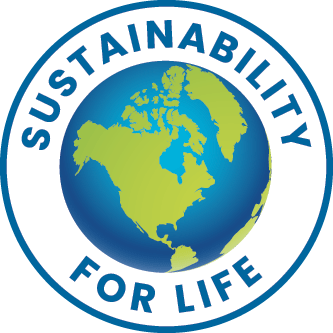Significantly Reduce Plastic Use

Significantly Reduce Plastic Use
“Plastic use must be hugely reduced in order to save our rivers, oceans, fish, birds and wildlife”.
H. William Clark
sustainabilityforlife.com
Note: Communicating this information as news to others is free of charge.5
Follow this link for a printable .PDF version of this information
Introduction
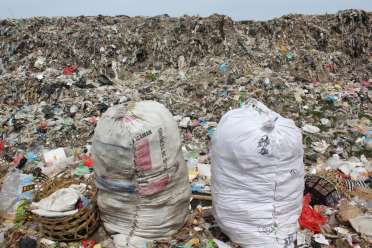
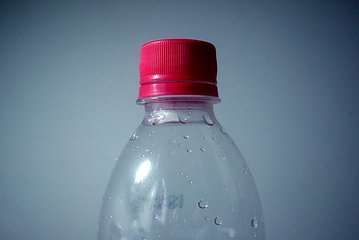
Significantly Reduce Plastic Use - Topics
The Problem, the Cost, the Danger
Stop Using All Single-Use Plastic Items
Stop Using Plastic for Everyday Items
Producers Could Pay for Plastic Recycle
Summary
A1. The Problem is Enormous
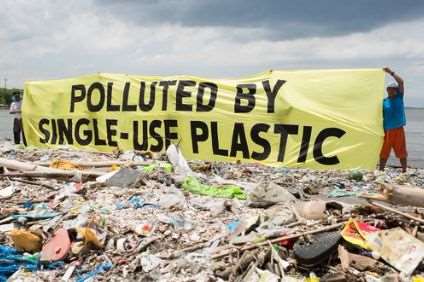
- Generated: 35.4 million tons
- Recycled: 3.0 million tons (less than 10%) (2) (3)
- Combusted for Energy: 5.6 million tons
- Landfilled: 26.8 million tons ( 76% !! )
- There is no good measurement of the mega-tons of waste plastic that end up in America’s rivers and oceans each year.
- It can take 450 to 1,000 years for plastic waste to break down in landfills. (4)
- The overwhelming majority of plastic we have ever produced is still out there somewhere.
A2. The Cost is Enormous
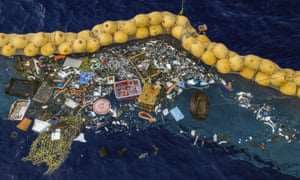
- A 2019 study describes that ocean plastic pollution costs global society 2.5 trillion dollars per year. (5)
- To clean-up just the floating waste plastic currently in the oceans will take hundreds of billions of dollars.
- Then… is this recovered waste recycled or burned ? (carbon to atmosphere problem). This is already an urgent question.
- Using cheap (for the short-term), throw-away plastic is creating a huge cost for current and future generations.
A3. The Danger is Real and Deadly
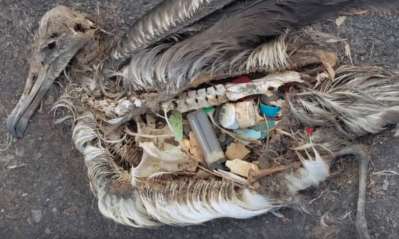
- Huge amounts of plastic are getting into nature, 18 million tons per year. (5) (6)
- Over 70+ years, hundreds of millions of tons of waste plastic has accumulated in our oceans.
- The floating patch of waste plastic in the Pacific Ocean is now estimated to be twice the size of Texas. (7)
- By 2050, it is predicted there will be more plastic in the ocean than fish. (8)
- Birds and fish are mistaking bits of waste plastic for food, and are dying by the millions around the globe each year. (9)
- Plastic compounds are now in our human food supply. (10)
- This disaster is getting worse each year; presenting a clear danger to the health and safety of current and future generations.
B1. Stop Using All Single-Use Plastic Items
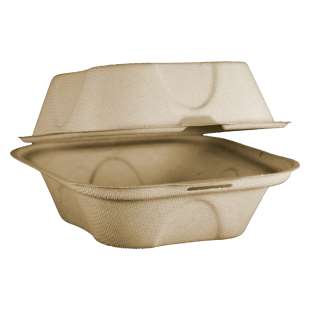
- Billions of single-use plastic items are used in the U.S. every year. 90% of this material ends up in landfills or the oceans. (2)
- 75 years ago, our America economy operated with almost no single-use plastic.
- We have not even come close to having the discipline to recycle all the plastic (which has a high cost) nor prevent megatons of plastic from getting into nature.
- Many countries are already establishing laws to ban single-use plastic (11).
- Re-usable containers (glass, metal, with deposit, cleaned and re-used), are a preferred, effective way to reduce overall costs and reduce waste.
- Compostable paper products lined with mineral substances or polylactic acid (PLA), from plants, also provide an eco-friendly substitute.
- Cardboard and paper packaging is always an option.
B2. Types of Single-Use Plastic Items
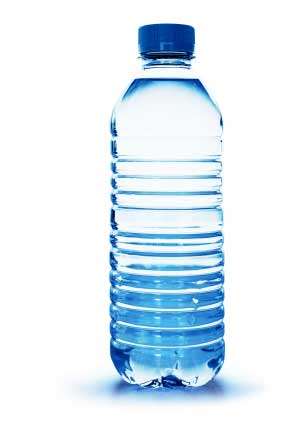
- Plastic Bags of all Types
- Plastic Water and Drink Bottles
- Plates, cups, bowls
- Utensils
- Any kind of hard or soft plastic packaging for food, snacks and drink
- Any kind of hard or soft plastic packaging for retail store items
- Plastic packing material in shipping boxes
- Plastic bubble material in mailed envelopes
- Diapers
- Many, many other examples
- There are reasonable alternatives to plastic for all these items, and long-term cost can be lower due to the avoidance of clean-up costs.
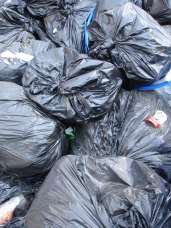
B3. Solving the Plastic Bag Crisis
- Each year, 380+ billion plastic bags are used in the United States, 100 billion are plastic grocery bags. (12)
- Very few of these bags actually get melted down and re-used, most end up in landfills.
- We must realize the bags themselves are a significant source of pollution.
- The best solution: Stop using any plastic bag of any type. The complete elimination of this source of pollution. Many countries are already taking this step. (13)
- We did without them before, and we can do without them again. There are alternatives for every need.
B4. All Disposable Diapers Should be Made of Compostable Material
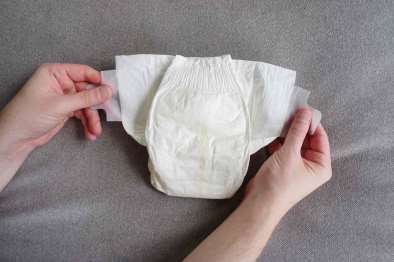
- Over 28 Billion Disposable Diapers are used in the U.S. each year. These diapers are largely made of plastic. This includes sizes for teens and adults.
- A few new diapers are being made and sold with 80+% compostable materials.
- America needs to standardize on a 100% compostable diaper, so all used diapers can be put in the compostable trash everywhere.
- If the goal is set, a 100% compostable diaper would be invented.
- Also, re-usable cloth diapers are also an option.
B5. Alternatives to Single-Use Plastic

- Re-usable bags or paper bags can be used in many cases
- Re-direct organic, messy waste and many plastic bags in small and large trash containers become “liners” that stay in place for a year or more, before being recycled. Homes and other organizations can implement this new approach.
- Re-usable glass & metal containers (with deposit) can be used for food and drink, or people can always have a personal mug with them to get liquid re-fills at events.
- Large family and friend gatherings can consume 150+ throwaway items for food and drink. Each family investing in re-usable, inexpensive stored kitchen items for large events completely eliminates this waste (and cost).
- Many companies are selling compostable paper and polylactic acid (PLA) items (from plants) which can be used for food and drink as a one time item. This increases short-term cost, however.
- Plant-based PLA items should never be called “plastic”.
B6. Alternatives to Single-Use Plastic, continued

- All products can be packaged in metal, glass or primarily paper.
- Labeling could be with inks from plant-based sources.
- Shipping and mailing boxes could use only paper packing material (much of which can be re-used before recycling or composting)
- The mindset must change: “I am about to use a plastic item…. What could I use instead?”
B7. How to Know You have Changed Your Mind-set ?
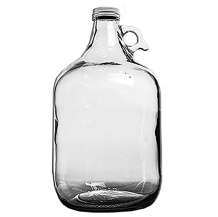
- Significantly reducing plastic use requires a mind-set change.
- Millions of Americans buy gallon plastic jugs of drinking and distilled water every year. This creates unnecessary plastic waste.
- A person who values environmental protection (and their children’s future) can purchase gallon glass bottles, and use them over and over again.
- There are some grocery stores that provide filling stations for both drinking water and distilled water. Should there be more stores that provide this service?
- Yes, this is a little more trouble, but how many gallon plastic jugs would it eliminate per year? 40? 80? 120?.... times 150 million families ?
- Take this one behavior change and expand it to dozens of other examples, and suddenly billions of waste plastic items are eliminated.
- Within ten years, this example could become the law of the land.
B8. How to Know You have Changed Your Mind-set ?, continued
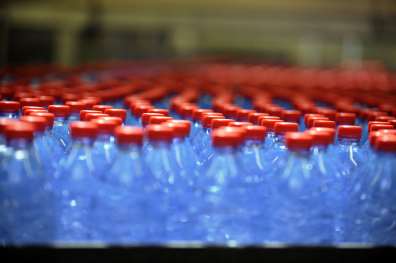
- Americans use billions of one-time-use plastic bottles of water every year.
- Only a small percentange actually get recycled, the rest go into landfills, our rivers and oceans.
- A personal goal can be set to completely stop purchasing plastic bottles of water.
- Alternatives: Reusable stainless mugs, a supply of cups for use during large family gatherings, everyone bring their own mug to meetings, etc..
- It can be done… if everyone stops using one-time-use plastic bottles, the pollution stops accumulating in nature.
C1. Stop Using Plastic for Everyday Items
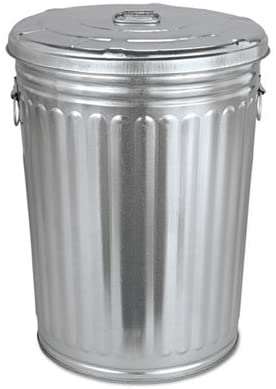
- 80-90% of all products used in the U.S. can be produced without plastic.
- Why does any children’s toy or game need any plastic content, when metal, paper and wood are available?
- The large household trash-bins with roller wheels could be made of steel or aluminum (they used to be metal).
- Tools of all types can be wood or metal.
- Kitchen cooking bowls can be glass or metal.
- Buckets can be aluminum or stainless steel
- Many more examples.
C2. Stop Using Plastic for Everyday Items, continued
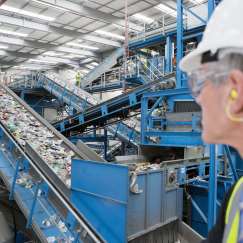
- Let’s examine the viewpoint “We just need to increase recycle of plastic items”.
- What about the large amount that will always escape into nature, and clog our rivers and oceans?
- Recycling plastic involves cleaning the plastic items first. Then chopping up and melting down millions of different colored pieces of plastic. Then using this raw material to make other plastic items. This entire process is complex, expensive and has risk due to the non-uniformity of the material.
- The goal should be to minimize use of all plastic, then concentrate on the remaining 10-20 %, to be recycled or burned (for energy).
- We did without plastic before, we can largely do it again.
C3. Do We Really need Polyurethane Foam ?

- 5.5+ billon pounds per year of polyurethane foam (PUF) are produced in the U.S. each year. Foam goes into beds, sofas and many other products.
- For over 60 years, there has been no significant recycle system, so most of it ends up in landfills
- In the new system, the manufacturers of this foam could set-up PUF recycle centers across the U.S. and take all the used product for recycle (or burn the last 10%).
- In recent years, new ideas for recycling PUF are being developed (14), but no large scale efforts have been implemented. 60 years of harm.
- Alternative: We did without PUF for hundreds of years, and there are alternative products for every need. Maybe we stop making PUF…
D1. Producers Could Pay for Plastic Recycle

- To reduce waste to virtually zero, manufacturers must take responsibility for their products from production, shipping and sale, to use and re-use, recycle, compost or burn.
- Since this involves extra cost, the initial cost of an item should include a “recycle fee”…. or a deposit which can be reimbursed on return of the item.
- Many countries are already evaluating how to require producers to take more responsibility for recycle. (15)
- The new goal is to have a Circular Economy and achieve “Zero Waste to Landfill”.
E. Significantly Reduce Plastic Use - Summary
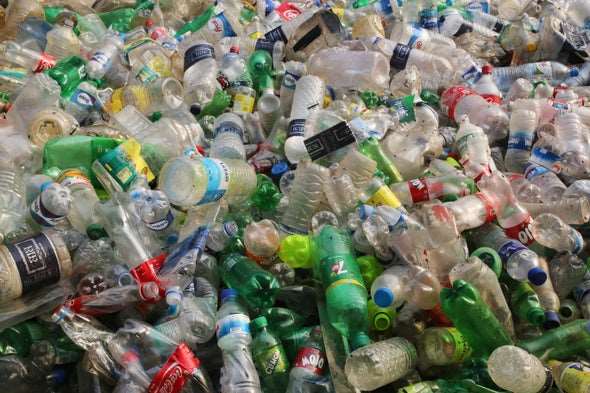
- The problem of plastic waste is enormous, costly and deadly.
- Viable alternatives exist to significantly reduce plastic use (and waste).
- The goal should be to put ZERO plastic waste in landfills.
- Americans should stop using one-time-use plastic items.
- All other items containing plastic should be re-evaluated, with possible transition to alternative materials.
- Manufacturers should be responsible to pay for the safe recycle of the products they sell.
- This document supplements the “Re-Invent America’s Recycle System” document.
Citations
- EPA, 2019, Facts and Figures about Materials, Waste and Recycling, Plastics: Material Specific Data
- National Geographic, Dec. 20, 2018, A whopping 91% of plastic isn’t recycled.
- The Guardian, June 21, 2019, Americans' plastic recycling is dumped in landfills, investigation shows
- Globe-conscious.com, March, 2020, How Long Does It Take For Plastic To Decompose?
- Waste360.com, April 22, 2019, Study Puts Economic, Social Cost on Ocean Plastic Pollution
- Worldwildlife, June 6, 2019, The problem with plastic in nature and what you can do to help
- USA Today, March 22, 2018, World's largest collection of ocean garbage is twice the size of Texas
- The Washington Post, Jan. 20, 2016, By 2050, there will be more plastic than fish in the world’s oceans
- Sustainabledevelopment.un.org, Conference, June 5-9, 2017
- Forbes, January 21, 2020, There Is Plastic In Your Fish
- ABC News, June 24, 2020, Germany bans single-use plastic straws, food containers
- ConservingNow.com, 2020, Plastic Bag Consumption Facts
- CNN June 10, 2019, Canada plans to ban 'harmful' single-use plastics by 2021
- Bioplastics News, May 1, 2020, US Develops New Method to Recycle Polyurethanes
- FoodBev Media, Dec. 18, 2018, Packaging producers in UK to pay costs of recycling their waste
H. William Clark, born in America, resides in Texas
